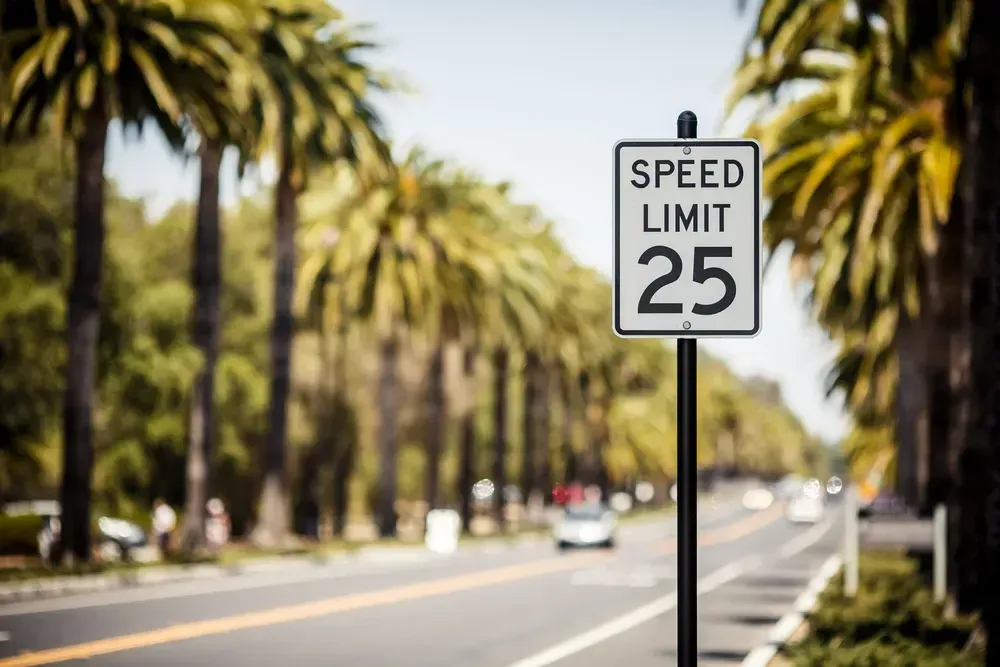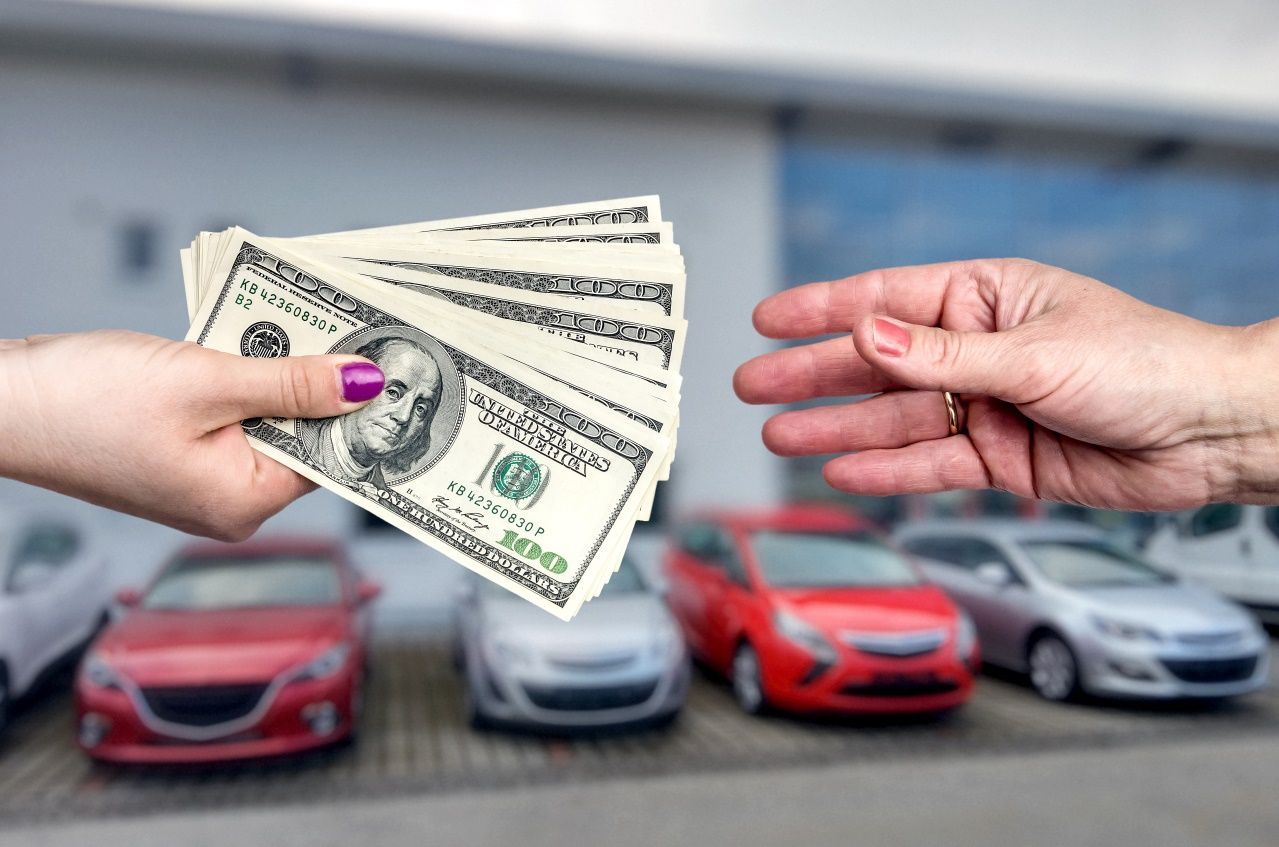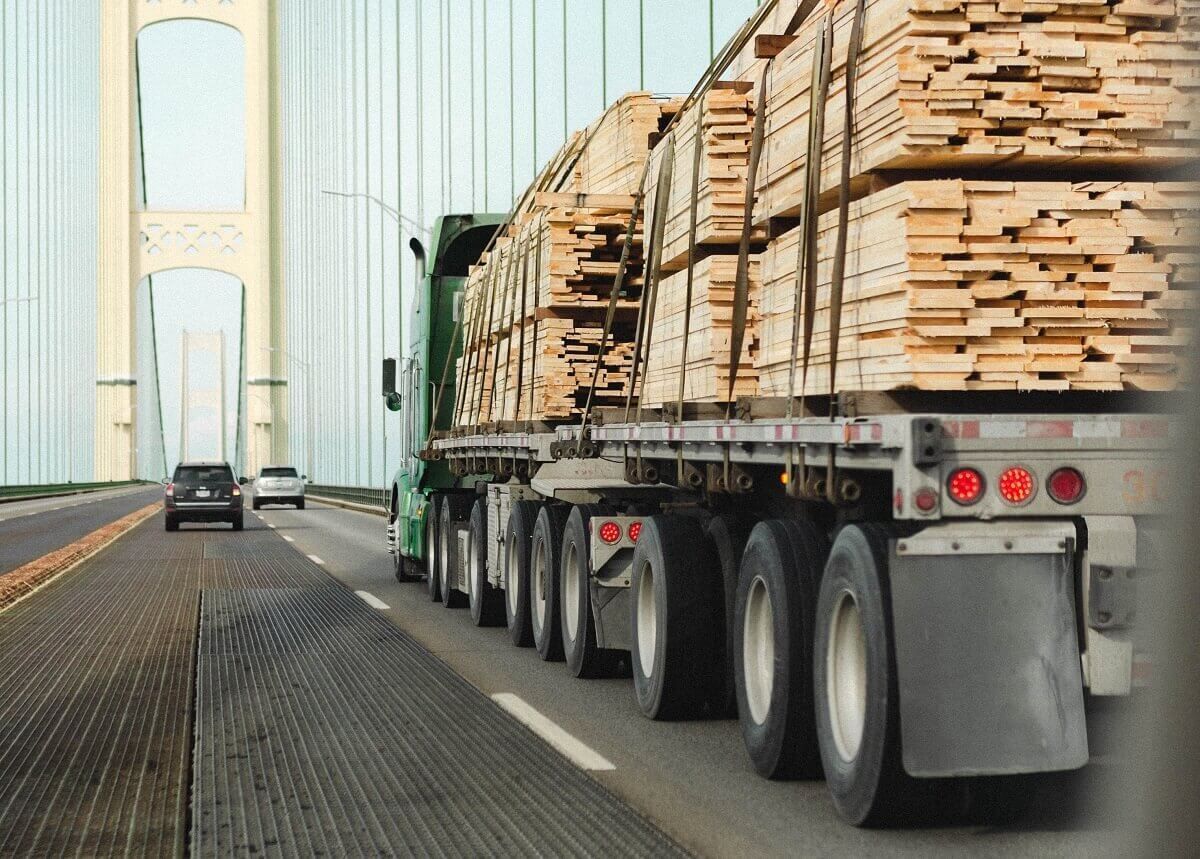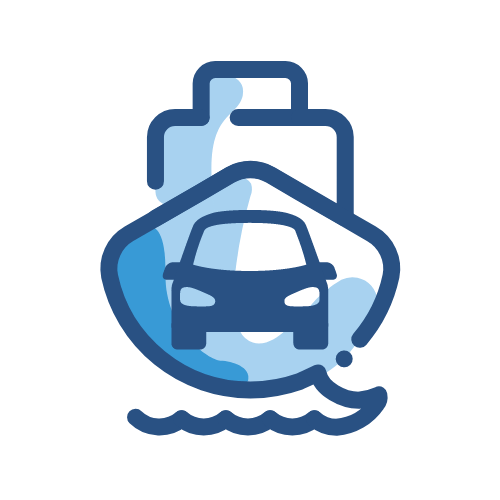Driving in Paradise: Navigating Hawaii's Speed Limit Guidelines
Driving in Hawaii is a dream come true for many, with its stunning landscapes, picturesque coastal roads, and a sense of pure serenity. However, before you hit the road and soak in the beauty of the islands, it's important to familiarize yourself with Hawaii's speed limit guidelines. Understanding these regulations will not only keep you safe but also ensure that you avoid unnecessary fines or penalties.
Read Also: Does Hawaii have UBER?

In this comprehensive guide, we will navigate through Hawaii's speed limit laws, explore the factors that influence them, and provide you with essential tips for a smooth driving experience in paradise.
1. Understanding Hawaii's Speed Limit System
Hawaii, like many other states, employs a numerical speed limit system. The maximum speed limits are determined based on the road type, location, and other factors. Let's delve into the different types of speed limits you'll encounter on the Hawaiian roads:
- Maximum Speed Limits: Hawaii sets specific maximum speed limits for different road types, such as highways, urban areas, residential areas, and school zones. These limits are typically posted on signs along the roadsides, indicating the maximum speed allowed in that particular zone.
- Minimum Speed Limits: In addition to maximum speed limits, Hawaii also has minimum speed limits for certain roadways. These minimum limits are put in place to maintain a smooth flow of traffic and ensure safety.
2. Factors Influencing Hawaii's Speed Limits
Several factors contribute to the determination of speed limits in Hawaii. These factors are crucial in establishing safe driving conditions and promoting efficient traffic flow. Let's explore some key factors that influence Hawaii's speed limits:
- Road Type and Infrastructure: The design and characteristics of the road, including the number of lanes, curves, intersections, and presence of pedestrian areas, play a significant role in determining the appropriate speed limit.
- Traffic Patterns and Volume: The density of traffic and the typical speed of vehicles on a specific road segment are considered when setting speed limits. Areas with heavy traffic often have lower speed limits to ensure safety and prevent congestion.
- Safety Assessments: The state conducts regular safety assessments, analyzing crash data, road conditions, and other relevant factors to determine if adjustments to speed limits are necessary to improve safety.
3. Tips for Driving within Hawaii's Speed Limit Guidelines
Now that we understand the basics of Hawaii's speed limit guidelines, let's explore some essential tips for driving within these regulations:
- Observe Posted Speed Limits: Pay close attention to the speed limit signs posted along the roadways and adhere to them diligently. These signs are in place to ensure your safety and the safety of others.
- Adjust Speed for Road Conditions: While the posted speed limits provide a general guideline, it's important to adjust your speed according to the prevailing road conditions. Factors such as weather, visibility, and traffic flow may require you to drive slower than the posted limit.
- Be Mindful of School Zones: Hawaii takes the safety of its children seriously. Be extra vigilant when driving through school zones and adhere to the reduced speed limits during designated hours.
- Stay Alert for Speed Limit Changes: Hawaii's speed limits can change abruptly, especially when transitioning between different road types. Keep an eye out for speed limit signs, and adjust your speed accordingly.
- Use Common Sense and Courtesy: Remember, speed limits are in place for your safety. Avoid the temptation to exceed the speed limit, and always drive responsibly and courteously.
4. Consequences of Speeding in Hawaii
Exceeding the speed limit in Hawaii can have serious consequences. It not only endangers your life and the lives of others on the road but can also result in hefty fines, license suspensions, increased insurance premiums, or even legal implications. It's crucial to prioritize safety and abide by the speed limit guidelines to avoid these negative outcomes.
Conclusion
Driving in paradise comes with its own set of responsibilities, and adhering to Hawaii's speed limit guidelines is a key part of ensuring a safe and enjoyable experience. By understanding the different types of speed limits, the factors influencing them, and following essential driving tips, you can navigate the roads of Hawaii confidently and responsibly. Remember, paradise awaits, so buckle up, follow the speed limits, and enjoy the breathtaking beauty that the Hawaiian Islands have to offer.
Read Also: 7 Destinations in Hawaii where you can drive
















